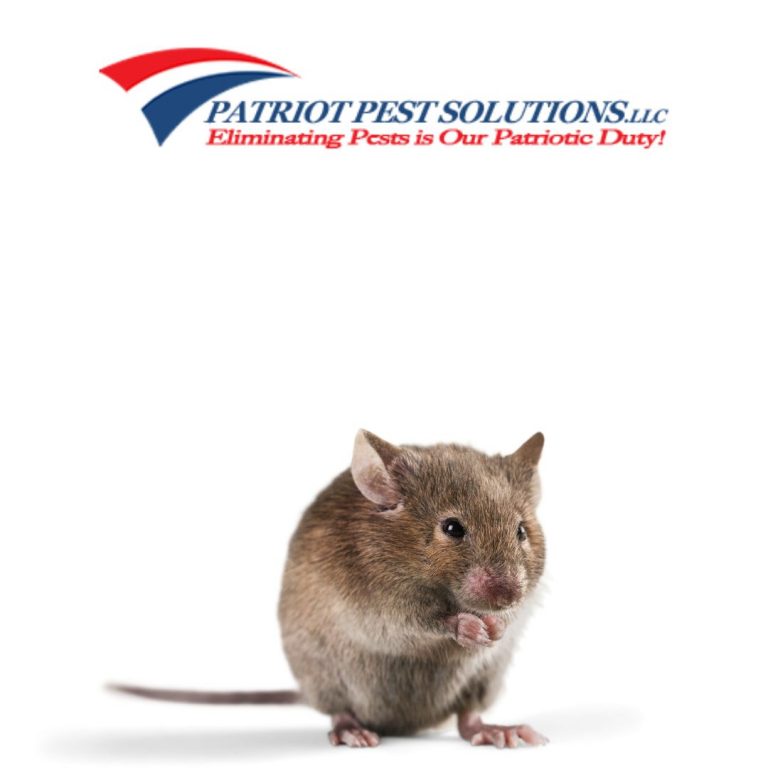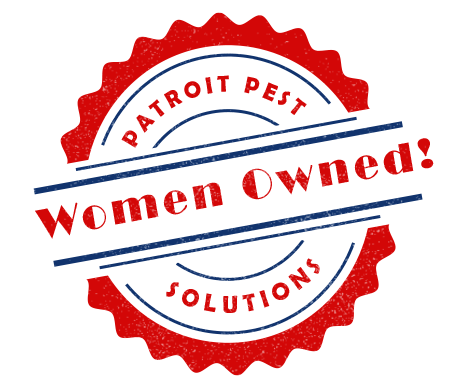Pennsylvania is an amazing place to live in – with a wealth of outdoor activities and lush green forests, it is no wonder that people are attracted to it. However, just like any other state in the US, there are few pests around that call Pennsylvania home. Among these pests are rodents, which can easily find their way into your home, reproduce rapidly, and cause a lot of damage. This blog post provides an overview of the common rodent species found in Pennsylvania, their habits, and how to identify them.
1. Norway Rats – Norway rats can grow up to 50cm in length and are primarily brown with grey bellies. They have small ears and a tail that is shorter than their body length. They are known for their digging capabilities and will often burrow underground to create a safe haven for themselves. Norway rats can reproduce quickly, meaning a small problem can quickly turn into a big one. Common signs of Norway rats infestation include holes in the ground, droppings, and gnaw marks on wood, wires, and cardboards. To prevent infestation, seal off entry points such as doors and windows, and keep your home clean and tidy.
2. Common House Mouse – The common house mouse is a small rodent known for its greyish-brown fur and pointed noses. They are known for their excellent mobility, Coon Rapids easily climb wires and walls to access different areas of the home. They can also fit in gaps as small as ½ inch. Mice are curious creatures and enjoy chewing on new objects and materials like paper, furniture, and wires. To prevent infestation, always keep your kitchen clean, store food in airtight containers, and secure entry points.
3. Roof Rats – Roof rats, just like Norway rats, are adept at climbing and are known for living in trees and attics of homes. As their name suggests, roof rats often access homes through the roof. They have pointed and prominent ears and are primarily black or brown with a lighter underbelly. If left unchecked, roof rats can cause extensive damage as they chew through wires, insulation, and other so-called fixings. To prevent infestation, trim tree branches and close the gaps in your attic walls.
4. Voles – Voles are small, grey rodents with round ears. They have large front teeth that they use to burrow underground. They typically live in lawns or gardens and can cause significant damage to crops and plants. Signs of Vole infestations include holes in the ground and chew marks on flowers. To prevent infestation, mark burrow holes in the garden and place traps near them.
5. Moles – Though often mistaken for voles, moles are not rodents but belong to the same family as shrews. They have pointed snouts and webbed feet that they use for burrowing. Moles are known to eat grubs and earthworms, which makes them useful in gardens. However, their burrows can cause damage to plants and structures. Signs of a mole infestation include raised ridges in your lawn. To prevent infestation, install wire mesh in garden beds, and put up repellants.
Rodents can wreak havoc on your property and can make your living conditions unbearable. The key to preventing infestation is to know what species of rodents are commonly found in your area and then taking steps to keep them at bay. Ensure to seal entry points, maintain cleanliness around your home, and secure your food. In case of infestation, call a professional pest control service to help control the situation. Remember, early intervention is crucial to prevent severe pest problems.




